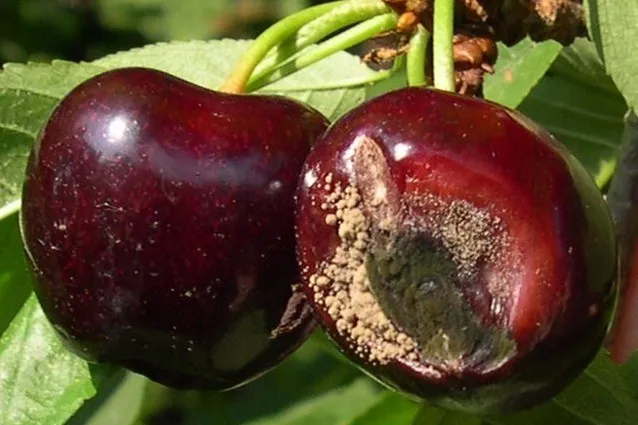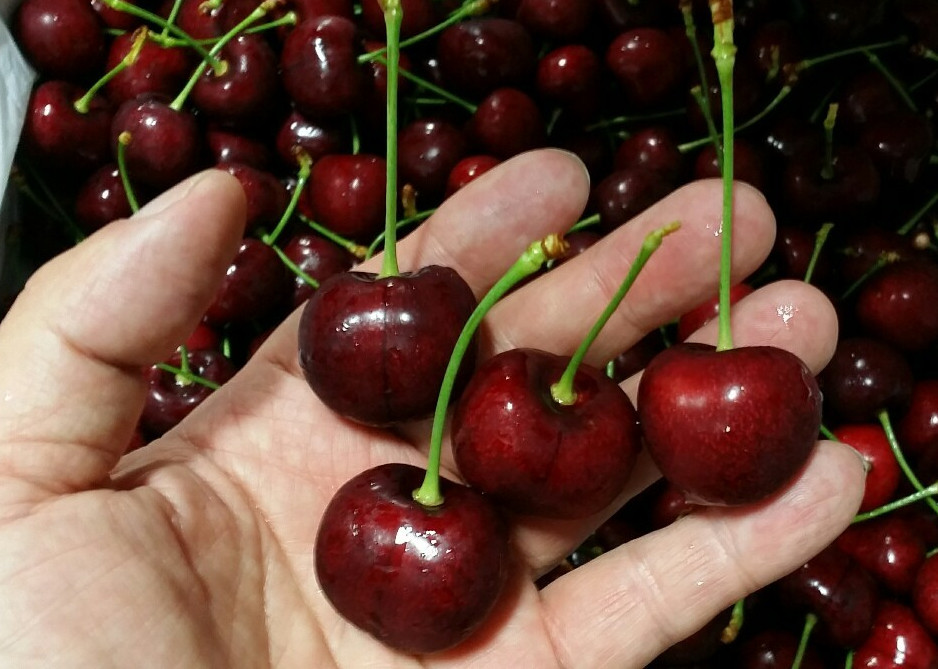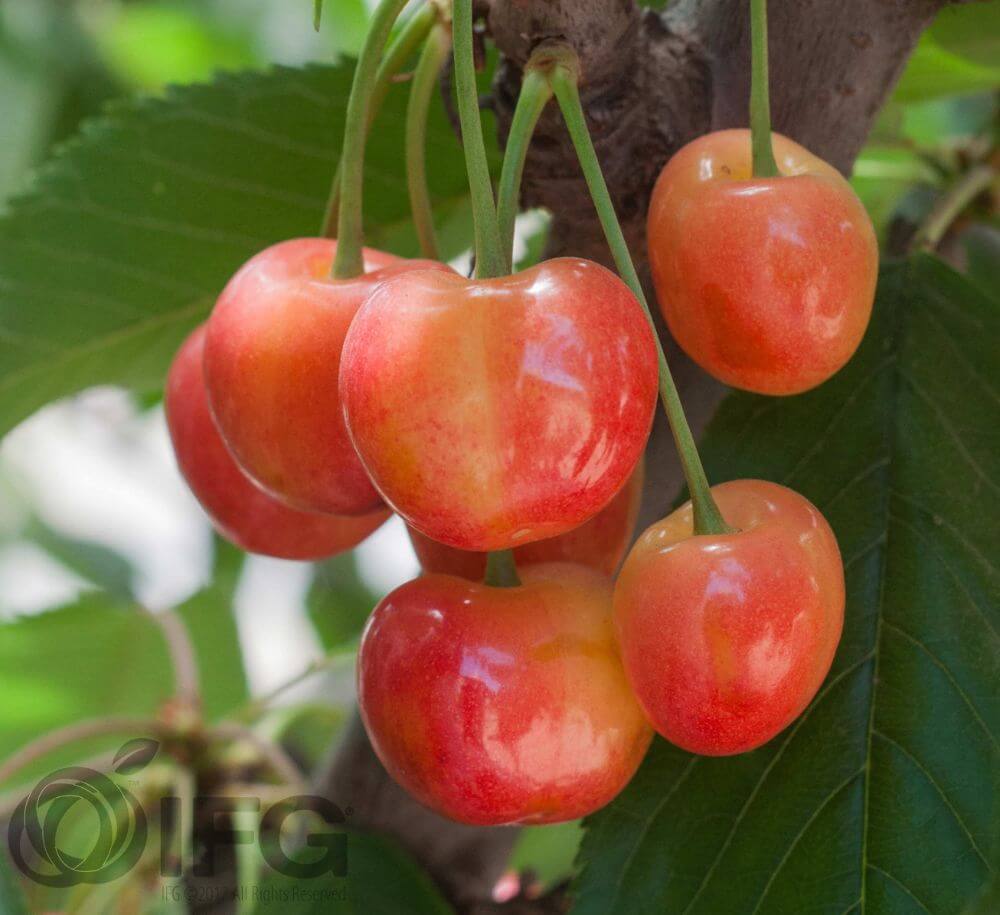The relevance of Alternaria alternata as a pathogen responsible for severe post-harvest rots in sweet cherries is increasing. In China, particularly in the Haidian district of Beijing, a high incidence of affected fruits has been observed, with symptoms attributable to this fungal species.
A recent study, by collecting samples from diseased fruits, isolated and identified the pathogenic strains and, through an integrated approach based on morphological characterization and multi-gene molecular analysis (ITS, endo-PG, and Alta1), confirmed the presence of A. alternata as the causal agent.
Pathogenicity tests revealed that strain ACT-3 showed the highest virulence among those isolated, causing typical soft rot symptoms and extensive lesions on inoculated fruits. The optimal physiological conditions for fungal development were found to be a temperature of 28 °C and a pH of around 8, parameters that promote rapid mycelial growth.

Microscopy and mycotoxins
The fungus demonstrated the ability to penetrate cherry tissues within the first few hours post-inoculation. Subsequently, the progression of the infection, monitored through confocal and scanning electron microscopy, showed a gradual destruction of the fruit’s cellular morphology.
In addition to directly compromising quality and storability, the study also found mycotoxin production by the isolated strains. In particular, significant concentrations of tenuazonic acid (TeA), up to 313 μg/mL, and alternariol (AOH), up to 8.9 μg/mL, were detected; compounds known for their cytotoxic, mutagenic, and genotoxic potential in both humans and animals.
These secondary metabolites represent a food safety risk, as they can contaminate not only fresh fruit but also processed derivatives, such as juices and jams.
Identification and prevention strategies
The results highlight that morphological identification alone is insufficient to precisely discriminate Alternaria species, making molecular analyses essential for reliable taxonomic classification.
The researchers also stress the importance of considering physiological parameters and environmental conditions in the study of the pathogen, since factors such as temperature, pH, and water activity are decisive for fungal growth and infective capacity.
Moreover, the urgency of adopting targeted control strategies to reduce post-harvest losses and limit health risks is emphasized. Cold chain management, humidity control, and the adoption of appropriate hygienic and technological practices during storage and distribution emerge as crucial elements to mitigate the spread of rot and mycotoxin production.
Future outlook and food safety
Finally, the implementation of rapid monitoring protocols for the early detection of A. alternata and its toxic metabolites may provide valuable support for technicians and the processing industry, enabling timely and targeted interventions.
The study’s conclusions suggest the need for further investigations, particularly to assess the actual risk of contamination in cherry-derived products, such as juices, and to define specific regulatory thresholds for Alternaria mycotoxins in this type of food.
Ultimately, A. alternata is confirmed as one of the main emerging threats to the sweet cherry supply chain in China, not only in terms of qualitative and quantitative production losses but also as a concrete danger to health and food safety.
Source: Ahmad, T., Xing, F., Cao, C., & Liu, Y. (2024). Characterization and toxicological potential of Alternaria alternata associated with post-harvest fruit rot of Prunus avium in China. Frontiers in Microbiology, 15, 1273076. https://doi.org/10.3389/fmicb.2024.1273076
Image source: Keith Yoder
Andrea Giovannini
University of Bologna (IT)
Cherry Times - All rights reserved













